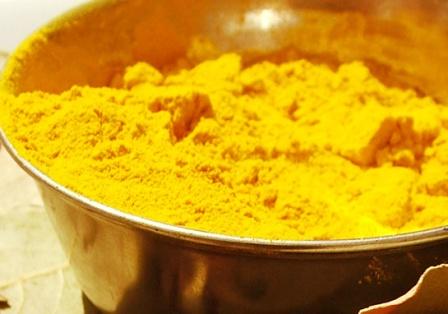I am going to include a lot of information on AveMar, since it will not surface in any traditional medical discussion about cancer treatment. None of the Western medicine docs I spoke with knew what it was, and yet it has been around for some time, with tremendous results.
I started taking it almost 2 years ago and continue to do so despite the cost. A one month supply is $130 - $199 depending on where you buy it.
AvéULTRA (the version made in the US) is the dietary supplement with Avemar®, a uniquely beneficial natural compound that has been the subject of more than 28 peer-reviewed publications describing in vitro, in vivo and human clinical trials. Avemar supports the foundations of good health by enhancing the body's ability to modulate immune response and to regulate cell metabolism.
Avemar's development was initiated by Dr. Albert Szent-Györgyi, recipient of the Nobel Prize for the discovery of vitamin C. He theorized that supplemental quantities of the naturally occurring compound, Methoxy-Substituted Benzoquinones (DMBQ), would help regulate the processes of cellular metabolism and support mechanisms of immune system regulation.
Avemar is made from wheat germ fermented by baker’s yeast through a patented process (US patent# 6,355,474), standardized for DMBQ. Studies conducted in the US, Hungary, Israel, Italy, Austria and Russia with Avemar prove Dr. Szent-Györgyi theories correct, with such dramatic results, its hard to believe its all-natural.
What makes Avemar stand out among other known therapies is the fact that its effectiveness isn’t limited to any one specific type of cancer. So far it has exhibited positive effects against all forms of cancer cell lines tested.
Cancer Cells Are Gluttons for Glucose
Whether they proceed to replicate, grow, and eventually spread throughout the body is determined by enzymatic activity and their accessibility to various nutrients—which is where nutritional habits, environmental factors, and hormones have a direct influence. Each of these has the potential to interfere, block, or promote enzyme activity and metabolic pathways that tumor cells depend on for their survival.
Every form of cancer cell utilizes glucose at rates 10 to 50 times higher than that of normal healthy cells (a well-known phenomenon referred to as “the Warburg effect”).
Unlike normal, healthy cells that utilize glucose primarily for energy, tumor cells use glucose to proliferate. To achieve this function, cancer cells need large amounts of glucose that they can convert into building materials for new cells. As the tumor grows, more and more glucose is consumed.
One of the main problems with conventional cancer therapies such as chemotherapy and radiation is that they are non-specific, so they destroy normal, healthy cells along with disease-ridden ones.
Research indicates that Avemar works through several different mechanisms. One of its most unique benefits, however, is its ability to inhibit glucose metabolism in cancer cells.
- Increases immune system’s ability to identify harmful cells for destruction
- Regulates glucose metabolism at the cellular level, starving enemy cells that require excessive glucose
- Regulates and modulate the immune system’s white blood cells for peak performance -- T cells, B cells, macrophages and NK cells
- Maintains healthy cellular and humoral (Th1/Th2) immune balance
- Supports cell metabolic regulation
- Promotes immune system modulation
- Maintains healthy cellular & humoral (Th1/Th2) immune balance
- Promotes optimal NK cell targeting ability and the coordinated response of white blood cells: macrophages, B-cells, T-cells and NK cells
- Enhances the ability of T-cells to respond to antigen presentation
- Enhances the ability of B-cells to respond to activation and produce appropriate antibodies
AvéULTRA is a more concentrated and better tasting version than Avemar, eliminating maltodextrin stabilizer, and replacing fructose sweetener with natural, "0" calorie Stevia.
Product Notice: Avemar use does not replace or substitute for other clinically prescribed therapies.
Read more here.






